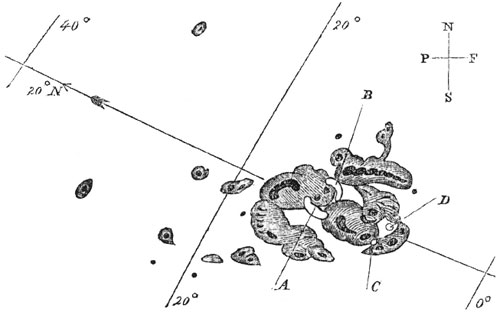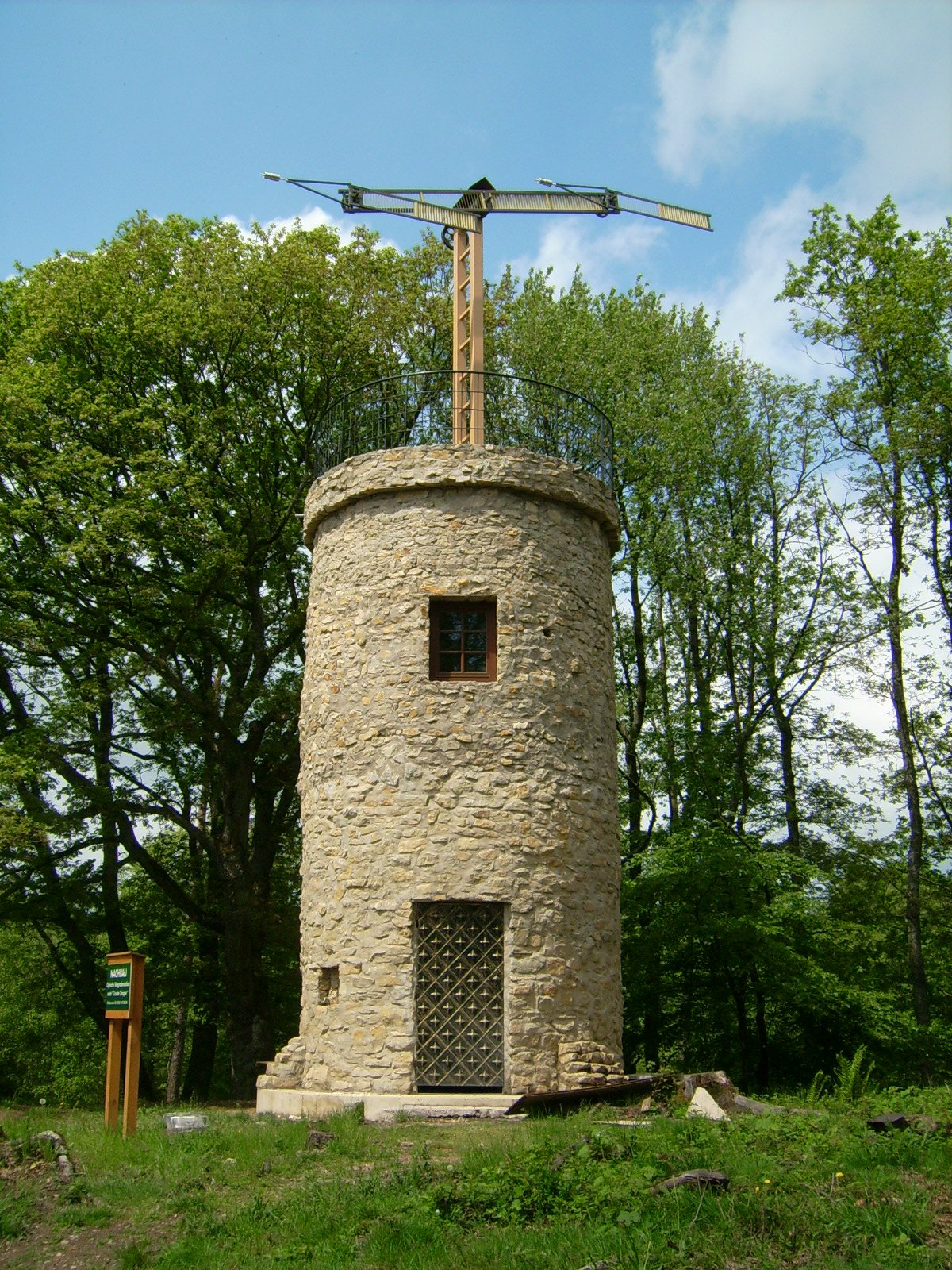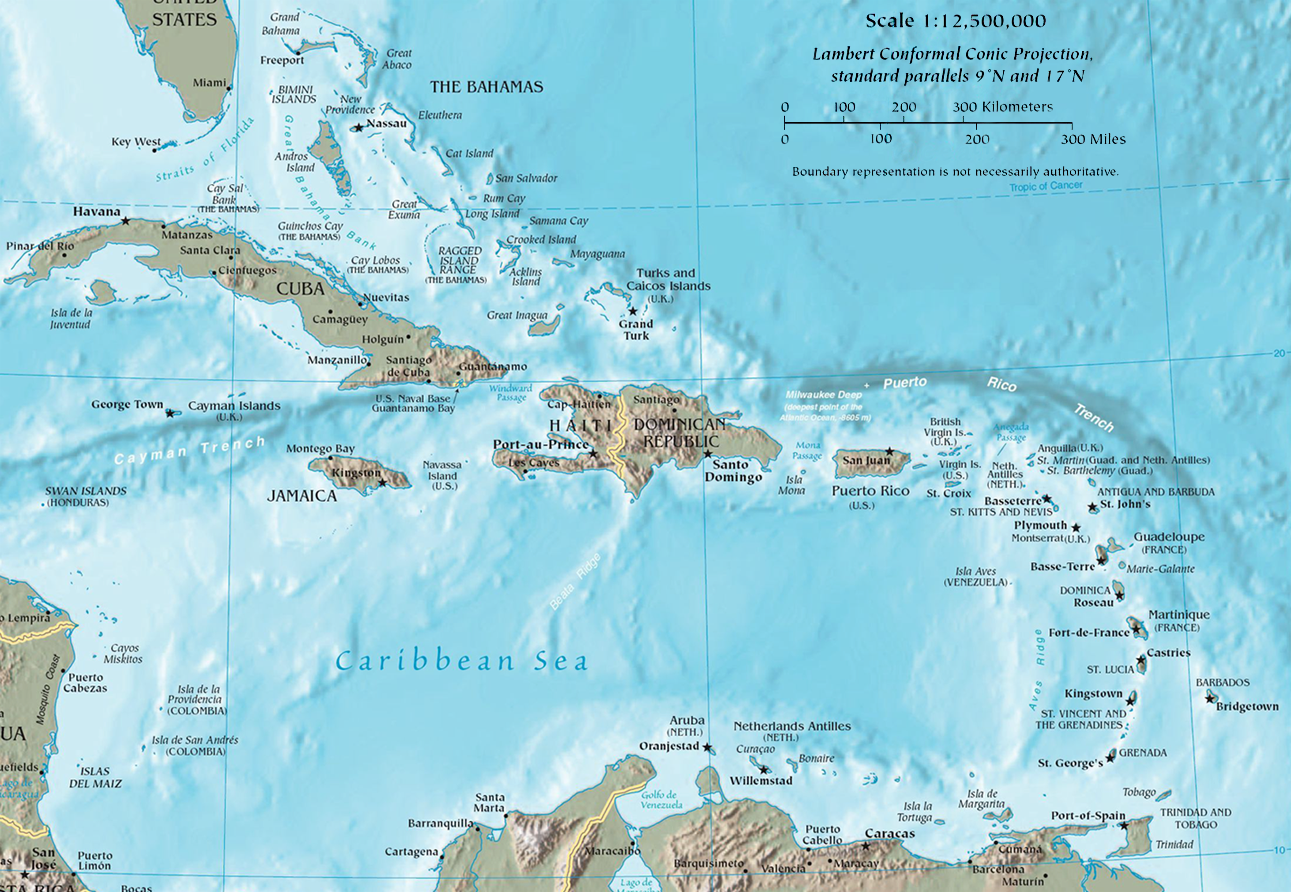|
Solar Cycle 10
Solar cycle 10 was the tenth solar cycle since 1755, when extensive recording of solar sunspot activity began.Kane, R.P. (2002).Some Implications Using the Group Sunspot Number Reconstruction. ''Solar Physics'' 205(2), 383-401. The solar cycle lasted 11.3 years, beginning in December 1855 and ending in March 1867. The maximum smoothed sunspot number observed during the solar cycle was 186.2 (February 1860), and the starting minimum was 6.0.SIDC Monthly Smoothed Sunspot Number. During the transit from solar cycle 10 to 11, there were a total of 406 days with no sunspots.Spotless Days.What's Wrong with the Sun? (Nothing) more information: Spotless Days. ""Solaemon's Spotless Days Page. The first observations of solar flares, by Richard Carrington and Richard Hodgson (independently), occurred during this cycle. Solar storm of 1859 On September 1–2, 1859, the largest recorded geomagnetic storm occurred in what would be known as the Carrington Event. Aurorae were seen around th ... [...More Info...] [...Related Items...] OR: [Wikipedia] [Google] [Baidu] |
Richard Christopher Carrington
Richard Christopher Carrington (26 May 1826 – 27 November 1875) was an English amateur astronomer whose 1859 astronomical observations demonstrated the existence of solar flares as well as suggesting their electrical influence upon the Earth and its aurorae; and whose 1863 records of sunspot observations revealed the differential rotation of the Sun. Life Carrington was born at Chelsea, the second son of Richard Carrington, the proprietor of a large brewery at Brentford, and his wife Esther Clarke Aplin. He entered Trinity College, Cambridge, in 1844; but, though destined for the church, rather by his father's than by his own desire, his scientific tendencies gradually prevailed, and received a final impulse towards practical astronomy from Professor Challis's lectures on the subject. This change in the purpose of his life was unopposed, and he had the prospect of ample means; so that it was purely with the object of gaining experience that he applied, shortly aft ... [...More Info...] [...Related Items...] OR: [Wikipedia] [Google] [Baidu] |
Carrington Event
The Carrington Event was the most intense geomagnetic storm in recorded history, peaking from 1 to 2 September 1859 during solar cycle 10. It created strong auroral displays that were reported globally and caused sparking and even fires in multiple telegraph stations. The geomagnetic storm was most likely the result of a coronal mass ejection (CME) from the Sun colliding with Earth's magnetosphere. The geomagnetic storm was associated with a very bright solar flare on 1 September 1859. It was observed and recorded independently by British astronomers Richard Christopher Carrington and Richard Hodgson—the first records of a solar flare. A geomagnetic storm of this magnitude occurring today would cause widespread electrical disruptions, blackouts, and damage due to extended outages of the electrical power grid. History The Carrington Event took place a few months before the solar maximum, a period of elevated solar activity, of solar cycle 10. Geomagnetic storm On 1 ... [...More Info...] [...Related Items...] OR: [Wikipedia] [Google] [Baidu] |
Solar Variation
The solar cycle, also known as the solar magnetic activity cycle, sunspot cycle, or Schwabe cycle, is a nearly periodic 11-year change in the Sun's activity measured in terms of variations in the number of observed sunspots on the Sun's surface. Over the period of a solar cycle, levels of solar radiation and ejection of solar material, the number and size of sunspots, solar flares, and coronal loops all exhibit a synchronized fluctuation from a period of minimum activity to a period of a maximum activity back to a period of minimum activity. The magnetic field of the Sun flips during each solar cycle, with the flip occurring when the solar cycle is near its maximum. After two solar cycles, the Sun's magnetic field returns to its original state, completing what is known as a Hale cycle. This cycle has been observed for centuries by changes in the Sun's appearance and by terrestrial phenomena such as aurora but was not clearly identified until 1843. Solar activity, driven by ... [...More Info...] [...Related Items...] OR: [Wikipedia] [Google] [Baidu] |
Richard Carrington
Richard Christopher Carrington (26 May 1826 – 27 November 1875) was an English amateur astronomer whose 1859 astronomical observations demonstrated the existence of solar flares as well as suggesting their electrical influence upon the Earth and its aurorae; and whose 1863 records of sunspot observations revealed the differential rotation of the Sun. Life Carrington was born at Chelsea, the second son of Richard Carrington, the proprietor of a large brewery at Brentford, and his wife Esther Clarke Aplin. He entered Trinity College, Cambridge, in 1844; but, though destined for the church, rather by his father's than by his own desire, his scientific tendencies gradually prevailed, and received a final impulse towards practical astronomy from Professor Challis's lectures on the subject. This change in the purpose of his life was unopposed, and he had the prospect of ample means; so that it was purely with the object of gaining experience that he applied, shortly after taki ... [...More Info...] [...Related Items...] OR: [Wikipedia] [Google] [Baidu] |
Telegraph
Telegraphy is the long-distance transmission of messages where the sender uses symbolic codes, known to the recipient, rather than a physical exchange of an object bearing the message. Thus flag semaphore is a method of telegraphy, whereas pigeon post is not. Ancient signalling systems, although sometimes quite extensive and sophisticated as in China, were generally not capable of transmitting arbitrary text messages. Possible messages were fixed and predetermined and such systems are thus not true telegraphs. The earliest true telegraph put into widespread use was the optical telegraph of Claude Chappe, invented in the late 18th century. The system was used extensively in France, and European nations occupied by France, during the Napoleonic era. The electric telegraph started to replace the optical telegraph in the mid-19th century. It was first taken up in Britain in the form of the Cooke and Wheatstone telegraph, initially used mostly as an aid to railway signallin ... [...More Info...] [...Related Items...] OR: [Wikipedia] [Google] [Baidu] |
Rocky Mountains
The Rocky Mountains, also known as the Rockies, are a major mountain range and the largest mountain system in North America. The Rocky Mountains stretch in straight-line distance from the northernmost part of western Canada, to New Mexico in the southwestern United States. Depending on differing definitions between Canada and the U.S., its northern terminus is located either in northern British Columbia's Terminal Range south of the Liard River and east of the Trench, or in the northeastern foothills of the Brooks Range/ British Mountains that face the Beaufort Sea coasts between the Canning River and the Firth River across the Alaska- Yukon border. Its southernmost point is near the Albuquerque area adjacent to the Rio Grande rift and north of the Sandia–Manzano Mountain Range. Being the easternmost portion of the North American Cordillera, the Rockies are distinct from the tectonically younger Cascade Range and Sierra Nevada, which both lie farther to its west. ... [...More Info...] [...Related Items...] OR: [Wikipedia] [Google] [Baidu] |
Caribbean
The Caribbean (, ) ( es, El Caribe; french: la Caraïbe; ht, Karayib; nl, De Caraïben) is a region of the Americas that consists of the Caribbean Sea, its islands (some surrounded by the Caribbean Sea and some bordering both the Caribbean Sea and the North Atlantic Ocean) and the surrounding coasts. The region is southeast of the Gulf of Mexico and the North American mainland, east of Central America, and north of South America. Situated largely on the Caribbean Plate, the region has more than 700 islands, islets, reefs and cays (see the list of Caribbean islands). Island arcs delineate the eastern and northern edges of the Caribbean Sea: The Greater Antilles and the Lucayan Archipelago on the north and the Lesser Antilles and the on the south and east (which includes the Leeward Antilles). They form the West Indies with the nearby Lucayan Archipelago ( the Bahamas and Turks and Caicos Islands), which are considered to be part of the Caribbean despite not borde ... [...More Info...] [...Related Items...] OR: [Wikipedia] [Google] [Baidu] |
Aurora (astronomy)
An aurora (plural: auroras or aurorae), also commonly known as the polar lights, is a natural light display in Earth's sky, predominantly seen in high-latitude regions (around the Arctic and Antarctic). Auroras display dynamic patterns of brilliant lights that appear as curtains, rays, spirals, or dynamic flickers covering the entire sky. Auroras are the result of disturbances in the magnetosphere caused by the solar wind. Major disturbances result from enhancements in the speed of the solar wind from coronal holes and coronal mass ejections. These disturbances alter the trajectories of charged particles in the magnetospheric plasma. These particles, mainly electrons and protons, precipitate into the upper atmosphere (thermosphere/ exosphere). The resulting ionization and excitation of atmospheric constituents emit light of varying colour and complexity. The form of the aurora, occurring within bands around both polar regions, is also dependent on the amount of accelerati ... [...More Info...] [...Related Items...] OR: [Wikipedia] [Google] [Baidu] |
Geomagnetic Storm
A geomagnetic storm, also known as a magnetic storm, is a temporary disturbance of the Earth's magnetosphere caused by a solar wind shock wave and/or cloud of magnetic field that interacts with the Earth's magnetic field. The disturbance that drives the magnetic storm may be a solar coronal mass ejection (CME) or (much less severely) a co-rotating interaction region (CIR), a high-speed stream of solar wind originating from a coronal hole. The frequency of geomagnetic storms increases and decreases with the sunspot cycle. During solar maximum, geomagnetic storms occur more often, with the majority driven by CMEs. The increase in the solar wind pressure initially compresses the magnetosphere. The solar wind's magnetic field interacts with the Earth's magnetic field and transfers an increased energy into the magnetosphere. Both interactions cause an increase in plasma movement through the magnetosphere (driven by increased electric fields inside the magnetosphere) and an increase ... [...More Info...] [...Related Items...] OR: [Wikipedia] [Google] [Baidu] |
Solar Cycle 9
Solar cycle 9 was the ninth solar cycle since 1755, when extensive recording of solar sunspot activity began. The solar cycle lasted 12.4 years, beginning in July 1843 and ending in December 1855. The maximum smoothed sunspot number observed during the solar cycle was 219.9 (February 1848), and the starting minimum was 17.6.SIDC Monthly Smoothed Sunspot Number. During the solar cycle minimum transit from solar cycle 9 to solar cycle 10, there were a total of 655 days with no sunspots.Spotless Days.Solaemon's Spotless Days Page. Solar cycle 9 began in 1843, the year that Heinrich Schwabe discovered the sunspot cycle. During this cycle, Edward Sabine, Rudolf Wolf, and other scientists recognized that solar disturbances affected the Earth's magnetic environment, so that solar cycles are identical to the Earth's geomagnetic cycles. Wolf also introduced the Wolf number during this period. The phenomenon now known as geomagnetically induced current was seen for the first time during ... [...More Info...] [...Related Items...] OR: [Wikipedia] [Google] [Baidu] |
Scientific American
''Scientific American'', informally abbreviated ''SciAm'' or sometimes ''SA'', is an American popular science magazine. Many famous scientists, including Albert Einstein and Nikola Tesla, have contributed articles to it. In print since 1845, it is the oldest continuously published magazine in the United States. ''Scientific American'' is owned by Springer Nature, which in turn is a subsidiary of Holtzbrinck Publishing Group. History ''Scientific American'' was founded by inventor and publisher Rufus Porter (painter), Rufus Porter in 1845 as a four-page weekly newspaper. The first issue of the large format newspaper was released August 28, 1845. Throughout its early years, much emphasis was placed on reports of what was going on at the United States Patent and Trademark Office, U.S. Patent Office. It also reported on a broad range of inventions including perpetual motion machines, an 1860 device for buoying vessels by Abraham Lincoln, and the universal joint which now can be found ... [...More Info...] [...Related Items...] OR: [Wikipedia] [Google] [Baidu] |
Richard Hodgson (publisher)
Richard Hodgson (1804, in Wimpole Street, Marylebone, Central London – 4 May 1872, in Chingford, Essex) was an English publisher and amateur astronomer. Educated at Lewes, Hodgson worked for some years at a banking-house in Lombard Street. In 1834 he joined Boys & Graves to form Hodgson, Boys & Graves. In 1836 he formed with Henry Graves the publishing company Hodgson & Graves. In 1839 their company founded ''The Art Journal''. In 1841 Hodgson retired from publishing to work on daguerrotypy. In the late 1840s he created the Hawkwood estate. After a number of years of achieving considerable success in daguerrotypy, he worked on telescopic and microscopic observations. According to his obituary in the ''Monthly Notices of the Royal Astronomical Society ''Monthly Notices of the Royal Astronomical Society'' (MNRAS) is a peer-reviewed scientific journal covering research in astronomy and astrophysics. It has been in continuous existence since 1827 and publishes letters and ... [...More Info...] [...Related Items...] OR: [Wikipedia] [Google] [Baidu] |








